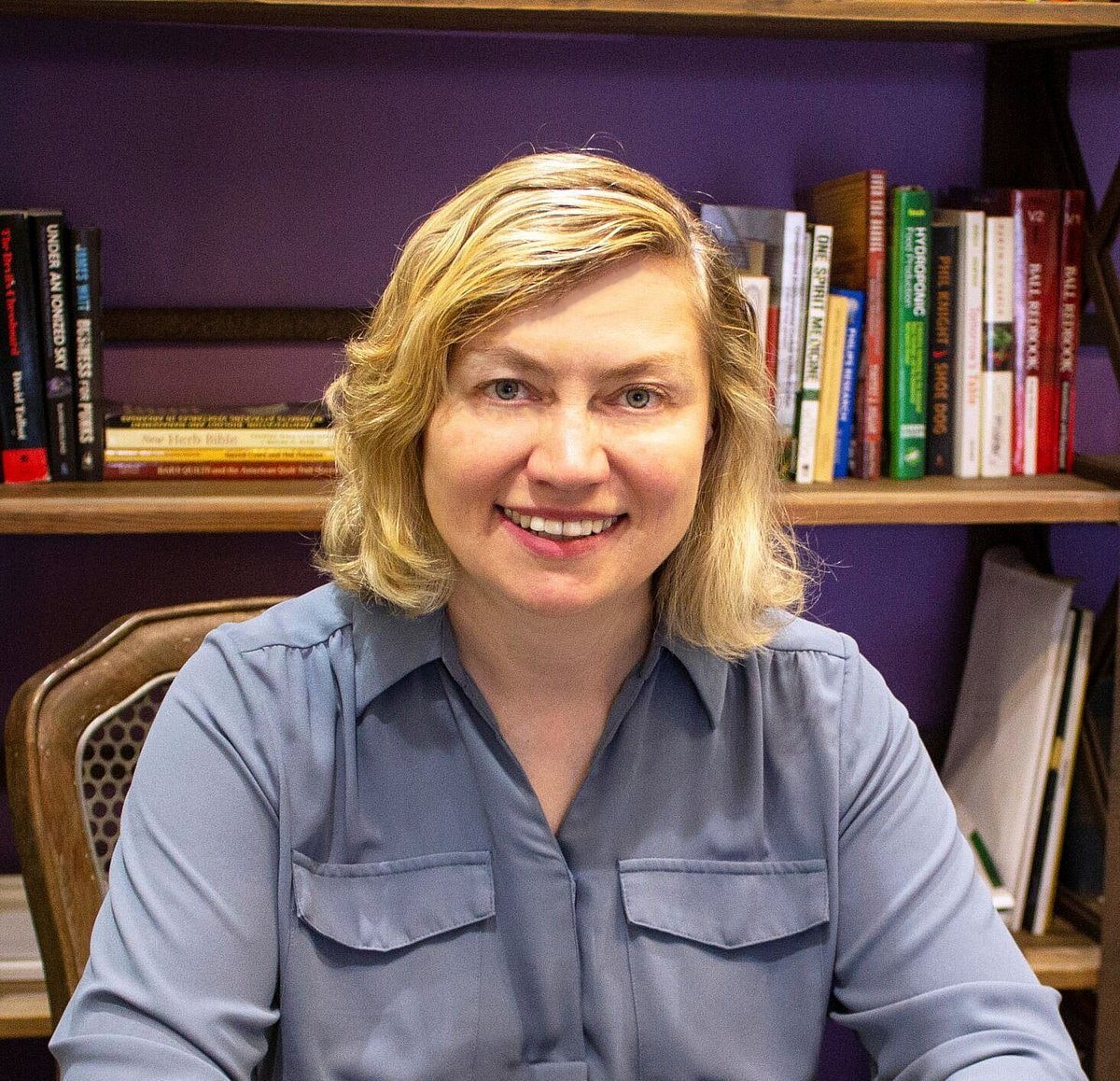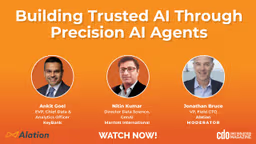Industry Newsroom
Infinite Acres, VP, Data Science: Vertical Farming Is a Marriage of Agriculture And Technology
Written by: CDO Magazine Bureau
Updated 10:06 AM UTC, Tue April 29, 2025


Natalia Connolly.jpg
Technology is key to fully unlocking the potential of organized farming to meet global food shortages. Natalia Connolly, Vice President, Data Science, at Infinite Acres speaks with Mark Johnson, Regional VP, Fusion Alliance, and Editorial Board Chair-CDO Magazine about Infinity Acres, vertical farming, the concept of ag-tech, and the importance of data science in the vertical farming domain.
Connolly states how her career began in academic research and physics. With a Ph.D. in experimental high-energy physics and as a data scientist and analytics leader, she feels fortunate to have worked with the greatest minds in the field and some great companies.
Highlighting Infinite Acres, she explains that it is a vertical farming company based in the United States and the Netherlands. She also notes that the company plans a major expansion.
Explaining the innovative concept of vertical farming, Connolly points out that it is different from traditional farming. "Even when we say that we’ll work in high-tech farming, people typically imagine solar panels or sophisticated machinery or something like that, but not necessarily food growing indoors, plants growing indoors. But that’s exactly the idea and the promise of vertical farming. We can grow food indoors in just about any building, controlling the environment to suit our plans,” she says.
She notes that vertical farms survive on efficient use of space. Referring to the company’s flagship farm in Ohio, Connolly says it can grow 300 times more food per square foot than a traditional farm, with year-round growth. "It’s incredibly environmentally friendly, so we use 97% less water than traditional agriculture,” she adds. “And we’re right on 100% renewable energy. We can also build our farms exactly where our customers live. And that means there’s no need to burn fuel transporting produce for hundreds of thousands of miles, which is often the case with traditional agriculture. “Our environment is very carefully controlled, which means there’s no need for pesticides."
Connolly further explains that growing conditions can be adjusted in terms of the crops being grown. For instance, she says that if there is a requirement for a particular nutritional flavor profile, the environment can be adjusted to achieve that. Moreover, vertical farms are immune to the effects of climate change because the crops are grown inside. "For all those reasons, I do believe that vertical farming is truly the key to the future of food and the future of health."
Connolly acknowledges that vertical farming redefines the phrase “from farm to market.” "We are where our customers are. They have access to our wonderful produce any time," she says.
Vertical farming happens in vertically stacked layers, hence, its name. Also referred to as ag-tech,, vertical farming is an ideal marriage of agriculture and technology, she explains. The agriculture part remains unhindered, and biology is prioritized by appointing crop specialists who understand and implement the best practices for growing and harvesting. She reminds us that agriculture is central to vertical farming but there is also a lot of cutting-edge technology in it. Crop specialists, along with the R&D team, ensure that the environment and growth zones are in perfect alignment with the crops’ needs, she adds.
"We need to be able to allow our crops to experience that environment with as little disruption as possible. And that calls for a sophisticated remote monitoring system,” Connolly says, highlighting the technology aspect of vertical farming. She points out that their flagship farm in Ohio has state-of-the-art industrial sensors and cameras throughout the growth zones, with a team of analysts and data scientists watching over the operation.
Emphasizing the importance of data science in the realm of vertical farming, she explains how data analysts and scientists are constantly streaming data and analyzing for anomalies. The use of machine learning and sophisticated computer vision algorithms capture any alteration from ideal growing conditions to reduce potential damage.
Connolly further emphasizes that the incorporation of machine learning and artificial intelligence is pivotal to a vertical farm. She offers as examples the use of predictive modeling to forecast supply, amount of harvest, and customer demand; the use of optimized algorithms to track supply and demand, and the use of anomaly detection algorithms to process the IoT data from growth zones.
"If the temperature becomes too hot or too cold for a particular crop in a particular location within the cube, we catch that anomaly right away and send an automated alert to the growers so they can fix the problem. And our computer vision algorithms constantly watch the stream of image data from growth zones for any anomalies, so if something is not right, we send an automated alert to the growers and they fix it,” she explains.
Connolly also highlights the importance of the statistical aspect of data science, which includes trial, planning, and analysis. It experiments with crops and the environmental conditions they require to grow and harvest. Also, from the engineering aspect of data science, vertical farming engages with robotics and building algorithms that work on harvesting and packing produce, thus accomplishing its function in the field of vertical farming.





